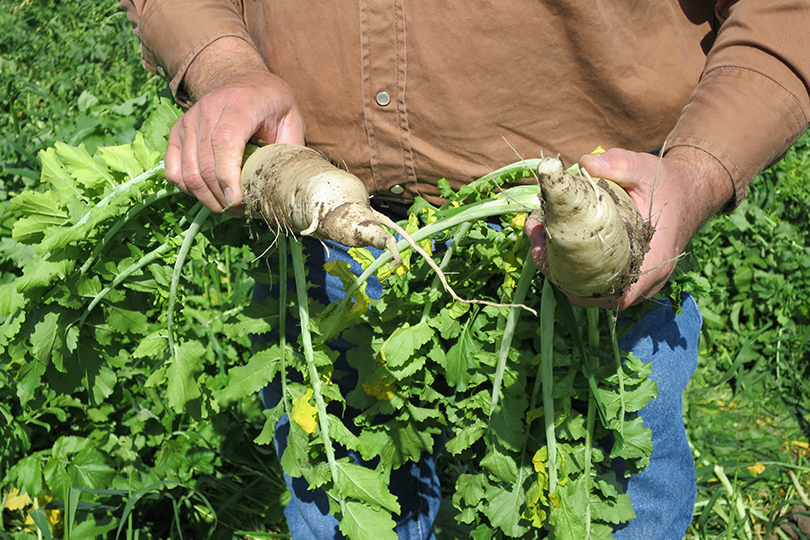By Jennifer Whitlock
Field Editor
Emerging carbon markets have the potential to supplement farm and ranch income. However, there are many unknowns, and as with any other new market, carbon credit programs can be high risk.
“If there’s an opportunity, we want to be sure growers are at the front of the line to take advantage,” Jesse Daystar, chief sustainability officer at Cotton Inc., said during a recent webinar on the topic.
Key issues farmers and ranchers should consider before entering a carbon credit program include payment schedule and contract length, farm practice requirements, penalties for breaking contracts, permanence, price and third-party verification.
Farmers and ranchers should be aware of what carbon credit providers consider new farm practices, commonly called “additionality.”
Because carbon credits are supposed to help reduce climate impacts, most contracts require additionality practices as a condition for payment. So, many farmers and ranchers who already use climate-smart and sustainable methods may not be eligible to receive credit for those practices.
“If you’ve already done cover crops, that’s not additional,” Daystar said. “But if you’re considering doing cover crops now and would use the carbon credit money to do so, that qualifies as additional.”
Some programs backpay farmers and ranchers up to five years for certain practices, but most early adopters will not benefit, he noted.
Contract lengths and payment schedules should be studied carefully before entering into any agreement. Daystar recommended farmers and ranchers consult with a contract lawyer before signing anything.
“You don’t want to sign up for something you might regret later,” he said.
Similarly, growers should carefully consider any penalties incurred for breaking the contract. He cited examples such as missing a cover crop plant date or occasionally tilling a field designated as no-till property.
Different companies in the carbon credit market have different extenuating circumstance provisions, so Daystar advised farmers take that into account when choosing a carbon credit provider.
“Maybe you don’t get paid. Hopefully, you don’t have to pay anything back; maybe those payments resume the following year,” Daystar said. “There are different ways [contract] providers handle this, and it’s definitely something growers should be aware of. This could be where shorter contracts have the advantage, because when unforeseeable events happen, you’re only losing one year as opposed to 10.”
Other questions farmers and ranchers should ask when selecting a contract provider regard third-party verification. Who will be verifying practices and outcomes, what they’ll be checking and how frequently they will check are all valid concerns that should be addressed before entering an agreement, according to Daystar.
Farmers and ranchers looking to enter the carbon credit system should consider payments and pricing.
Some programs pay on an outcome basis in which they pay growers per ton of carbon captured in the ground. Other programs are practice-based where farmers and ranchers can “stack” sustainable farm practices to maximize payments.
While current carbon market prices are around $15 per ton, Daystar said he expects those prices to go up in the future.
“If you lock in at a low price now you might be missing out on an opportunity to get a better price and make more money on your practices,” he said. “Be informed, try it on a select part of your farm, but don’t do the whole farm too early, because I think you’re going to miss out on some opportunities if you do.”
Farmers and ranchers should also be mindful of impacts to enrollment in U.S. Department of Agriculture programs.
For more information on emerging carbon markets and other climate-smart farm practices, visit Texas Farm Bureau’s Climate Issue Resources webpage.

